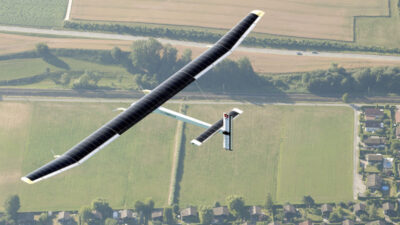Dr Dries Verstraete graduated with a MSc degree in Mechanical Engineering from the Katholieke Universiteit Leuven in 2000. He then undertook a Masters in Aerospace Engineering at the Vrije Universiteit Brussel. This lead to a research position in the Royal Military Academy of Belgium. In 2004 Dries undertook a part-time PhD in Aeronautical Engineering in the Power and Propulsion Department of Cranfield University. While doing his PhD, Dries moved to the Université Libre de Bruxelles and started teaching aircraft propulsion at the Erasmus Hogeschool Brussel. Upon completion of his PhD, Dries moved to the University of Sydney where he is currently senior lecturer in Aerospace Design and Propulsion in the Aeronautical Engineering Department, and deputy director research and engagement for the School of Aerospace, Mechanical and Mechatronic Engineering.
Dr Dries Verstraete's research addresses integration and optimisation challenges of hybrid-electric propulsion for small unmanned aircraft. Propulsion systems are widely recognised as the Achilles’ heel of unmanned aircraft or drones. The Sydney Propulsion Lab, lead by Dr Verstraete, focuses on two key areas to advance propulsion technologies for drones, namely hybrid fuel-cell-based propulsion systems and small variable pitch propellers. The lab houses a range of state-of-the-art test facilities to conduct component, scale-model, and system-level tests of electric propulsion hardware at any technology readiness level.
Dr Verstraete serves as associate editor for the Journal of Unmanned Vehicle Systems and the International Journal of Aerospace Engineering. He is an invited technical specialist on the NATO exploratory team on hybrid electric propulsion.

Why don’t we have electric aircraft?
Unlike a car, you can't just stick a battery-powered engine in a plane and expect it to fly. Despite that, small planes might be the future of electric flight.